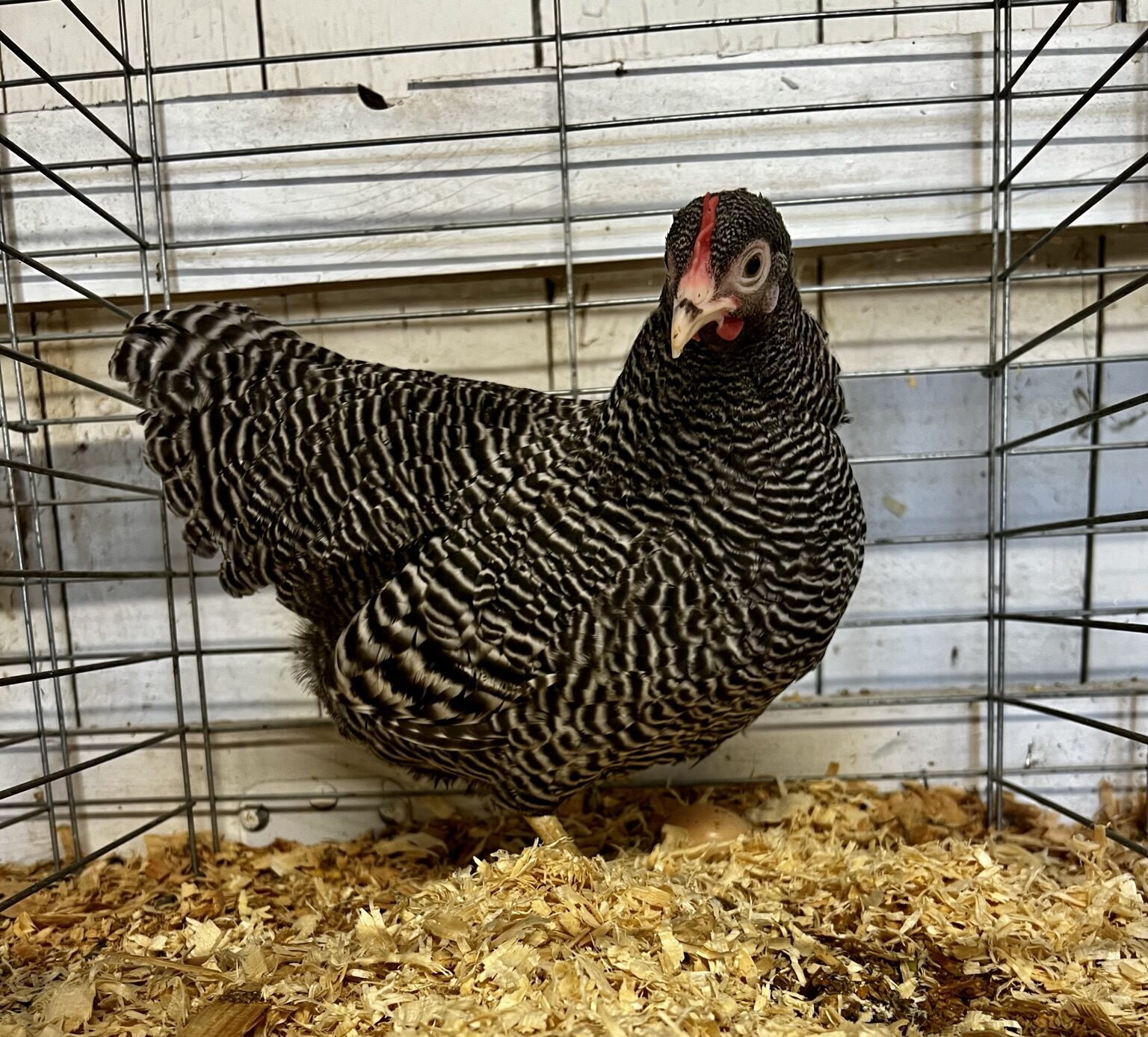Coop Training
This article is about coop training and is being republished from Acorn Hollow Bantams website with permission from Lou Horton.
The critical moment for every exhibitor at any show is when the judge is in the process of handling and evaluating their birds. How the bird behaves at that moment may well determine the final result of that evaluation. At a major show with large classes, the numbers dictate that by necessity, each initial evaluation be short – perhaps no more than thirty seconds to a minute or so. If, in that time, the bird huddles in the back of the cage or scrambles around the cage in terror, the judge may have a difficult time forming a positive opinion of the bird regardless of it’s other attributes. Such behavior also makes it difficult for the judge to handle the bird without damaging it’s plumage.

Any bird that the exhibitor thinks enough of to show should have been given at least minimal coop training. That means it should have spent some time on several different days being handled and being taken in and out of a show coop. You say you own no show coops? Then you are putting yourself at a major disadvantage as an exhibitor. Of course all young show birds should get this treatment but also the older birds one is counting on to do well should be given a “refresher course” at the start of each show season. Somewhere in each exhibitor’s facilities there must be room for a battery of appropriate sized show cages. If one shows different size classes of birds, one should have show cages of those sizes handy.
I even make use of such cages when making my final evaluations of potential show birds. I find the cages to be essential. At major shows in the Midwest at least, the poultry equipment suppliers often sell show caging so it is not necessary to order it and then to pay shipping charges.
By Lou Horton
